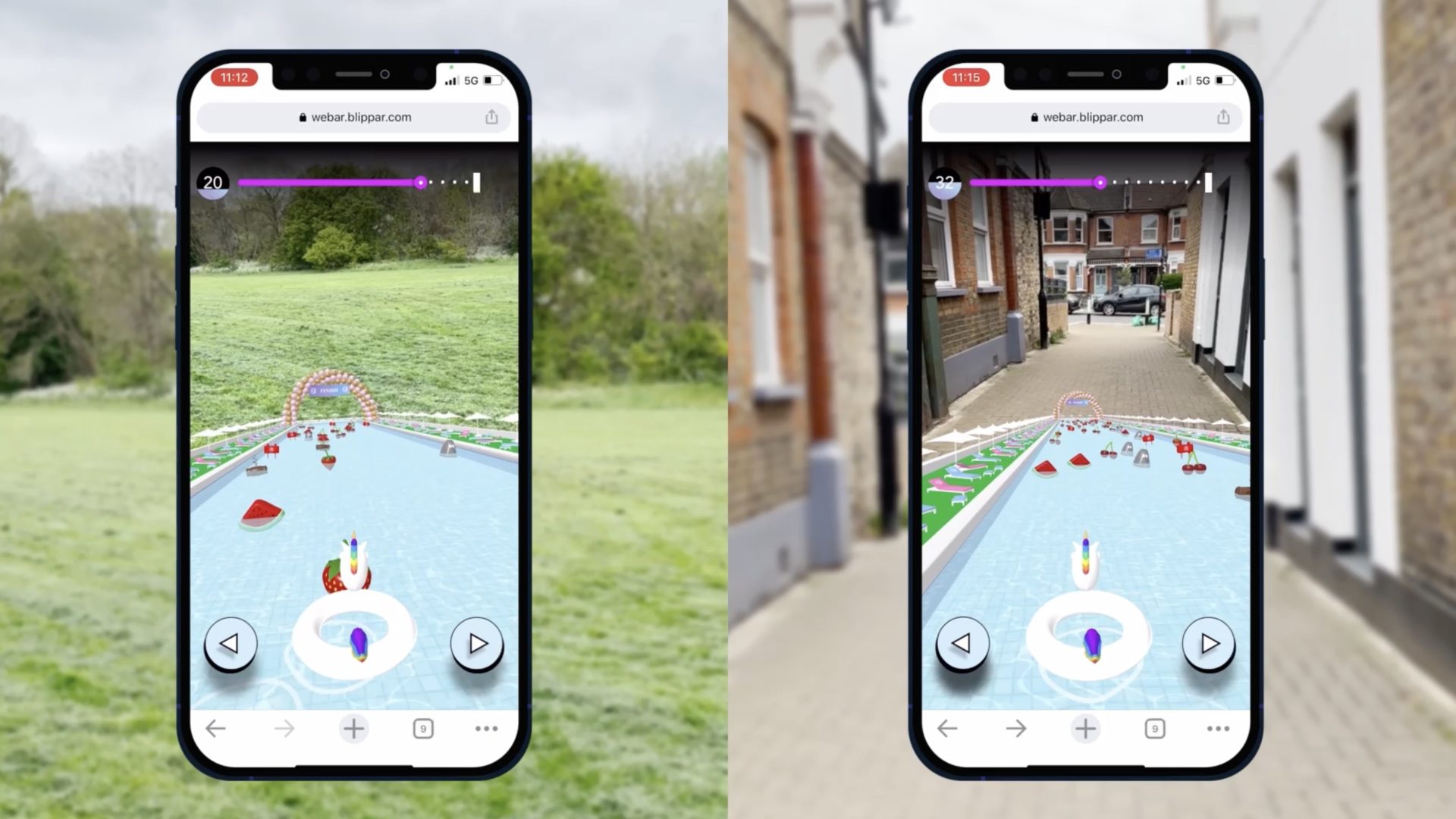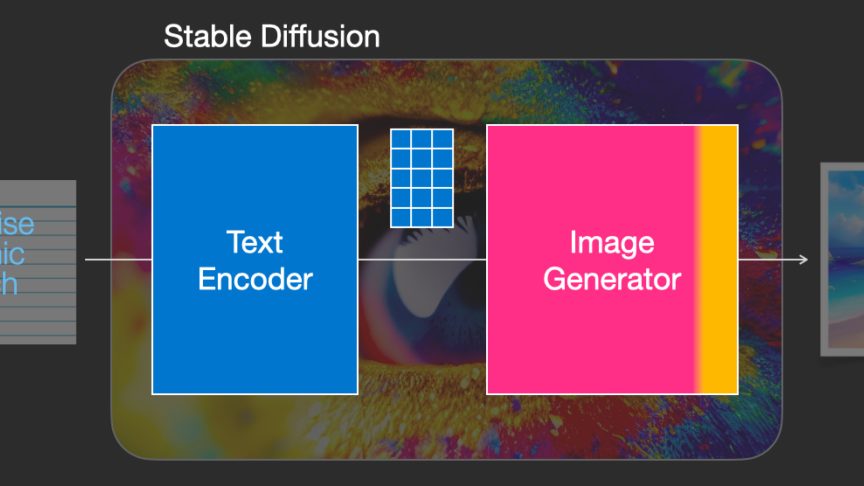Do you like adverts?
Do you like games?
Very few people would answer ‘yes’ to the first question—ads can be annoying and intrusive, and we see them everywhere, every day, be this digital or physical content.
The second, though, evokes more positive emotions.
Essentially, that’s what gamification marketing sets out to achieve—to create positive associations with your brand.
In a world where we’re bombarded with ads, where hundreds upon thousands of brands are vying for our attention, it’s difficult to get your product or service to stand out from the crowd—whether you sell clothes or digital customer experience management software.
That’s where AR gamification marketing can transform your engagement rates. By bringing your brand into the user’s location, it can be incredibly effective and engaging.
So what is it?
Imagine your favorite mobile game. It’s appealing, fun, and engaging. It offers an element of competition and rewards you for completing actions.
AR gamification marketing uses games and gaming elements combined with augmented reality to apply these attributes to non-gaming contexts to attract, engage, and retain customers.
How does it work?
AR gamification marketing works by combining the power of augmented reality with certain motivational factors to get people to complete specific goals. We’re going to explore those motivational factors in more detail below.
It has already proven incredibly successful for brands like M&Ms who launched an interactive music lounge and Corona who created a paradise portal to an island getaway, supported by the Blippar Studio.
The competitive spirit
Turn competing against others into opportunities to win freebies or get a great discount, and give your customers the bragging rights that come with it.
A sense of accomplishment
Gamification is literally the act of rewarding your customers for achieving certain goals, resulting in them feeling accomplished.
Social influence
A good brand can become a community, and gamifying your brand can give that community a way to interact with each other.
Desire to control our own destiny
Nobody likes to be railroaded into a decision. Gamification allows us to have better control over the journey from brand awareness to purchase without the sense of being pushed.
How do you implement it?
You’re probably already aware of brands that use gamification.
Netflix, for example, worked with Walmart to promote Stranger Things. They brought the world alive with AR games played out in Walmart stores.
Winery 14 Hands launched a multiplayer holiday-themed game to promote their wine.
All businesses can benefit from gamification marketing, from an ecommerce store selling clothes to a business offering the best mobile ecommerce platform.
So here are some ways you can implement Web AR gamification:
Interactive racing games: These let customers compete against friends or family, like in the example by 14 Hands mentioned above. They encourage your customers to share your brand with others as they invite them to play, introducing you to potential new customers.
How can it benefit your brand?
Engage customers and win their loyalty
Getting consumers to engage with your brand can be challenging.
Getting customers to keep engaging with your brand can be even tougher.
But gamification can help increase engagement as gamifying your website can keep users entertained for longer.
Offering incentives can get you more newsletter sign-ups. Amassing points to gain rewards incentivizes customers to stay with your brand, discouraging them from taking their business elsewhere.
Gamification marketing brings customers in, converts them, and secures their loyalty.
Increase brand awareness
Word-of-mouth advertising is priceless.
Gamification can encourage people to share your brand with others.
Your customers are getting rewards, and feeling accomplished. They’re sharing the fun with friends and family. They’re posting about their high scores on social media.
They’re advertising you for free, in earnest, and across various platforms.
Improve data quality
Consumer data is vital to building your business.
But abiding by regulations like GDPR and CCPA can be tricky, and people are becoming increasingly concerned about their data security.
What if you could get your customer’s data with their consent while offering them something in return?
Offer discounts in exchange for an email sign-up containing personal information, or ask customers to complete a survey in exchange for the chance to win a prize.
This has the added bonus of giving your customers back a sense of control over their own data, which can help build trust in your brand.
Defeat ad blockers
Gamification marketing can avoid ad blockers by appealing to the customer through word of mouth, social media, and newsletters. It often avoids traditional advertising techniques, like buying ad space, in exchange for a more organic approach.
Create positive associations
In general, gamification can improve how people feel about your brand.
While ads can make consumers feel frustrated, gamification marketing offers a much more positive experience.
Happy customers become loyal customers. They tell their friends and family about your products. They advocate for your brand on social media and review sites. They return to you when they need your skincare products, your all-in-one communications software, or that free McFlurry.
So why not try AR gamification marketing?
Gamification offers your customers a new and rewarding experience as they interact with your brand.
Test these techniques, and your customers will reward you.




